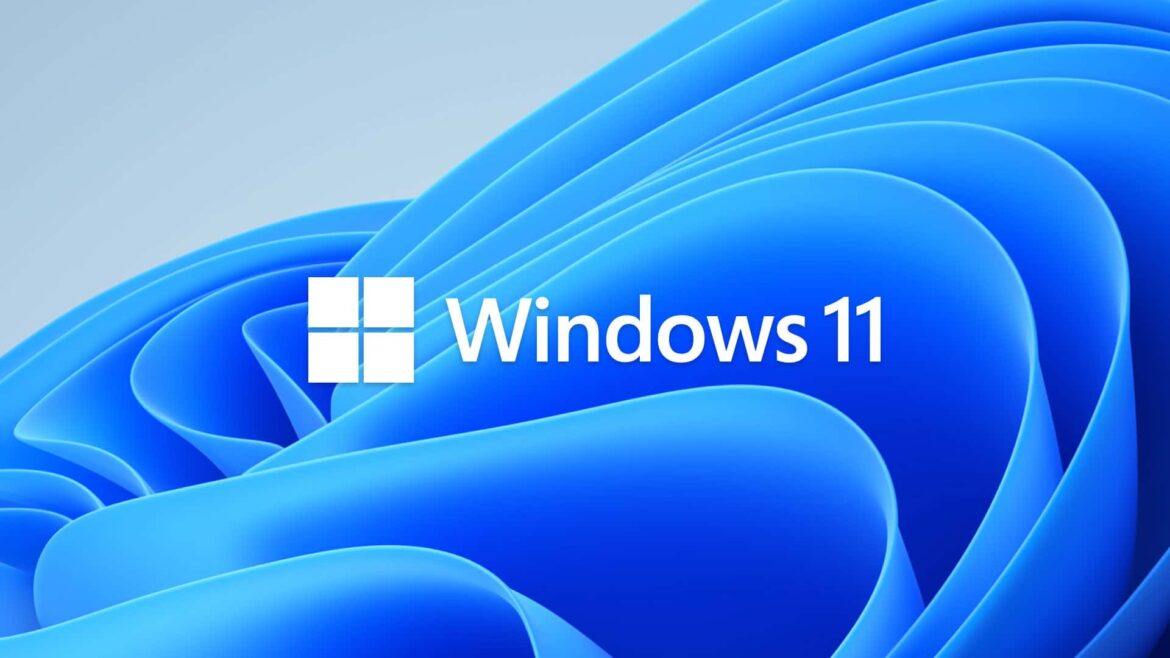1.8K
If there are problems with Windows 11, it is recommended that you repair the corresponding installation. We show you the best way to proceed, what to look out for and how to get your system up and running again quickly.
Repairing a Windows 11 installation: Many ways can lead to the goal
To fix a system error in Windows 11, there are many approaches within the system.
- But it is important for you to make a backup of your data before considering any of the possible solutions.
- The easiest way to do this is to create a system restore point. To do this, enter “Create system restore point” in the system search, click on the corresponding field and follow the instructions. Above all, however, you should “Activate computer protection” in the drive under “Configure”.
- To do this, search again for “System Restore” in your settings and then click on “Restore” under “System Protection”. Here you can restore your old system version so that the computer is virtually reset to a point in time in the past.
- Another possibility is to use the Windows troubleshooter. You can find this in the settings under the corresponding tab. Clicking on “Other troubleshooting” opens a window in which you can very specifically check individual components of the system for errors.
Windows 11: Reinstalling the system
When in doubt, the only thing that helps is to simply reinstall Windows 11.
- If all these options do not help, the last step you can take is to reset the system. To do this, click on “System” and “Recovery” in the settings, then on “Reset this PC”. Follow the instructions and determine whether all data should be removed or your documents should be retained.
- Your PC may also offer you a repair option directly at start-up. This is the case if a window appears at start-up with the text “Your PC did not start correctly”. Click here on “Advanced options” and then select “Start-up help”. Here you will now be presented with some options for action depending on the problem in question.
- Alternatively, select “Update History”. Here you can uninstall individual updates. However, if a version cannot be selected, uninstallation must be ruled out. In this case, the update contained essential components for the system that cannot be replaced afterwards.
- Installing an update or uninstalling it can also help. To do this, click on “Windows Update” in the settings and first look for a new version. This may already solve the problems your system is having.
- This sounds more complicated at first glance than it actually is. However, it is important to make a backup of your data before reinstalling the software.
- Now an installation wizard starts, within which you click “Change how updates are downloaded from Setup”.
- After downloading the ISO file, right-click on the file and select “Deploy”. You will need your Windows 11 Product Key in the process.
- In the next window, select “Not now” and thus deny retrieving updates and drivers. The rest of the installation is self-explanatory up to the “Ready to install” step.
- Here you can still specify under “Change items to keep” whether a clean reinstallation of Windows 11 should take place or files or programmes should be kept.
- You can get this information in the settings under “System” and “Info”.
- A so-called ISO file of the current Windows version is required. You must make sure that your current version number matches the downloaded number. Detailed installation instructions can be found elsewhere.
-
- Finally, click on “Install” to start the new installation of the system.
-

